Category Spotlight: Breakfast Foods That Move With You

Blog Content….
Portable and often protein-packed, creative on-the-go breakfast foods fuel and satiate.
Sugar-conscious and protein-aware, time-starved consumers are embracing value-added on-the-go breakfast options that play to their broad array of diets and lifestyles choices.
According to the NPD Group, consumers are shifting how, when, and where they get their breakfast fix. The Port Washington, New York-based research group says that although in the last decade the number of in-home prepared and consumed breakfasts declined, consumers aren’t skipping what some say is the most important meal of the day. Instead, they are seeking out items for function, convenience, and enjoyment.
“There has been an increase in morning snack occasions as well as restaurant meals that nearly equals the in-home decline,” notes industry analyst Darren Seifer in his Foods and Trends to Watch 2020 blog. NPD attributes this a.m. shift to increasing categories such as portable and functional—with products that reflect the need for speed and health—driving much of the consumer behavior.
Seifer notes an expected sustained growth for categories like breakfast sandwiches, juices with functional benefits such as energy, and categories with protein, like eggs.
According to the latest SFA State of the Specialty Food Industry research, produced with Mintel, more than a third (36 percent) of specialty food consumers say they buy specialty foods for breakfast, with 25-34–year-olds leading the charge, followed by those 65+
“Consumers want something fast and easy or they’ll skip it when it comes to breakfast,” notes David Browne, market research, retail, and brand consultant for the natural and specialty food industry.
“And,” he continues, “Innovators obviously are trying to answer this call.”
Browne says the last decade has seen more innovation that reduces overall preparation time and increases convenience. At the same time, there have been advances in technology resulting in better-quality, better-tasting portable foods, and more clean labels. “Innovations like snacking brand Peckish, for example, with their hardboiled egg kits,” he points out.
In addition to reduced in-home prep time, breakfast wait time for consumers battling long lines at their favorite coffee or juice place might also diminish. Items like smoothies or coffee-bar fare once sought out in fast-casual channels are becoming more readily available at specialty retail.
“Consumers can now buy things like thaw-and-serve acai bowls at Trader Joe’s and RTD plant-based protein lattes made with oat milk at specialty retail,” says Kara Nielsen, a California-based culinary trend expert.
According to NPD’s “Future of Morning” study, easy access to food drives the decision-making process of what to eat as well as provides a solution of what to eat to bridge meals. The study says that this behavior is evidenced with the rise of mobile ordering and increased use of quick-service restaurants for a fast, grab-and-go breakfast or morning snacks.
“Consumers are looking for foods and beverages to meet their needs—not for a food that fits a specific meal or snack daypart,” says David Portalatin, co-author of NPD’s report. “Food manufacturers, retailers, and foodservice operators all have an opportunity to make breakfast and morning snack food acquisition seamless by focusing on the consumer needs and offering daily solutions, including niche nutritional needs,” he notes.
With the a.m. shift and changes in consumer breakfast behavior, coupled with the need for speedy nutritional options, doors are opening for more creative and functional portable options. Here are some trends in portable breakfast items to be on the look out for.
Breakfast Staples Reincarnated
New incarnations of breakfast standbys are disrupting certain subcategories in both innovation and portability. Manufacturers have created out-of-the-box identities for old favorites like eggs, waffles, crepes, bacon, and cottage cheese that appeal to broad demographics and satisfy the need for speed.
“Having available options of ready-to-eat or on-the-go meal solutions—whether it’s a traditional breakfast food, a healthier option, or a comfort food, is a huge time saver,” notes Jim Shankin, vice president sales & operations, Jacquet North America Corp. The French-based company makes ready-to-eat Belgian-style waffles and French crepes and has seen 20 percent average growth year-over-year for the last three years in U.S. sales.
Both the single-serve waffles and crepes are huge sellers at On the Vine Marketplace in Portsmouth, New Hampshire, because of their superior flavor and portable appeal, according to Laura Bolanger, grocery manager.
At Brighter Day Natural Foods, Savannah, Georgia, customers don’t have to worry if they don’t have time to prep pancakes at home. “Individually wrapped Bakerly Pancakes to Go do really well for us,” notes Amy Schmidt, manager.

And, with protein the draw, unconventional ways to eat eggs and meat, and even cottage cheese are intriguing customers. “On the egg front, pre-made hardboiled eggs and egg bites by Vital Farms and Organic Valley’s Good to Go Free Range hardboiled eggs are fast sellers along with high-protein meat snack Epic Bars that have bacon,” says Brighter Day’s Schmidt.
The trend toward breakfast crossing dayparts, coupled with mobility and high protein, prompted the evolution of Spēka, a thaw-and-serve sweet and savory cottage cheese bar enrobed in chocolate. “It’s the return to a traditional breakfast food with a sweet enhancement and the perfect mix of protein and fats,” says co-developer Anita Batarags.
Sip and Spoon to Go
New-to-the-scene portable granola and smoothie bowls along with the continued popularity of fresh juices are bridging the gap between breakfast and lunch. At Brighter Day, thaw-and-serve acai bowls from Sambazon, a somewhat new item for the retailer, is quickly catching on. “So far it’s doing very well,” notes Schmidt, who says plant-based is the draw along with the added protein. The Sambazon Peanut Butter Power Açai Bowl has 12 grams of plant protein housed in a bowl that is made from 100 percent plant fibers.
Both Kellogg and Kraft Heinz have jumped on the portable smoothie bandwagon. Kellogg’s Joybol, is a shelf-stable breakfast smoothie bowl with granola that offers 10-11 grams of protein and just needs the addition of milk or water, while Fruitlove, a Kraft Heinz creation, is a ready-to-eat smoothie combo of protein, fruits, and veggies and comes with a disposable spoon.
On the Vine Marketplace’s Bolanger says she doesn’t sell smoothie bowls and does better on the breakfast front with fresh juices. Pulp Kitchen Juice, a 4-ounce grab-and-go organic cold-pressed juice packed with fruits and veggies, is a huge seller. “No matter what they are buying, customers are definitely mindful of what they choose for breakfast and want both nutrition and something that will sustain them for a few hours,” she says.
Hot Cereal’s Cool Side
While cold, crunchy cereal stays relevant by becoming more healthful, reducing its sugar content, and offering smaller and re-sealable package sizes for on-the-go snacking, hot cereal like oats is seeing a resurgence. This is mostly thanks to its new portability factor and the overnight preparation phenomenon.
According to Mintel/Spins, hot cereal sales are up 13.1 percent from 2017 at $172 million, with oats leading the charge for the category.
“Oats have seen a major renaissance in the last three to five years, and at the moment, their presence across categories is getting stronger each year,” says Browne, who notes that the improvement in hot cereal cups on the specialty side with a focus on portability and wholesome ingredients, is one reason for growth in such a small subcategory. Browne says products such as Overnight Oats by Dave’s Naturals, is a good example of a convenient morning breakfast.
At Grassroots Market in Denville, New Jersey, grocery buyer Eric Voigt says tons of customers like the single-serve oatmeal cups from Bob’s Red Mill and Vigilant Eats Superfood Cereal, which come with a disposable spoon. “You can add your favorite type of milk or water to them and they are a good bang for your buck,” he says.
A Global Future
Industry insiders agree that we will continue to see plant-based innovations, clean label products, and more sweet and savory portable breakfast combos in the future. However, there is much room for growth. “I’m hoping to see more global influences that align with other cultures’ breakfast choices, things like Pho and miso,” notes Nielsen, who says currently Nona Lim has done a good job with its portable Asian-influenced microwavable broth cups. “Portable breakfast tacos and more Asian influenced items will play to the multi-cultural palates of Gen Zs and beyond,” she concludes.
The New Coffee Bar
Undoubtedly a portable breakfast staple, coffee (or tea) no longer needs to be sipped for a caffeine boost.

Caffeinated breakfast bars, like Clif Bar’s new Coffee Collection made with sustainably sourced organic Columbian coffee beans and containing 65 mg of caffeine, might soon substitute the a.m. trip to the barista,” notes Kara Nielsen, a California-based culinary trend expert.
Check out these caffeinated bars and bites that will ensure your customers won’t spill their morning cup of Joe.
Core Foods Strawberry Basil Tea Core Bar. Oat-based, with pre- and probiotics, plus 65 mg of caffeine, derived from tea. USDA Organic. corefoods.com
Eat Your Coffee Fudgy Mocha Latte. A 1.6-ounce bar caffeinated with a full cup of antioxidant-rich, fair-trade coffee. eatyour.coffee
Jimmy Wake It Up White Chocolate Cafe Latte. Infused with guarana, a natural plant-based source of caffeine and coffee powder. jimmybars.com
Kind Dark Chocolate Mocha Almond Bar. Made with unsweetened chocolate and coffee powder. kindsnacks.com
Pocket Latte Lavender Vanilla Coffee Bar. Made with medium dark roast coffee and organic lavender flowers and mixed with crunchy bits of light coffee beans. pocketlatte.com
Ritual Energy Bite Almond Toasted Coconut. These plant-based bites are caffeinated with organic green coffee beans. One bite equals one cup of coffee. ritualenergy.com
New & Notable Portable Breakfast Products
Chikaraka Egg-Based Yogurt Cup. This dairy-free yogurt cup contains one whole organic pasture-raised egg, coconut cream, ripe banana, fresh pureed berries, and hints of lemon and vanilla. Ten grams of protein per serving, 6 grams or less of added sugar. The yogurt line will launch this summer with Original, Lime, Strawberry, Mixed Berry, Lemon, and Raspberry flavors. handsomebrookefarm.com

Crepini, Egg Thins with Cauliflower. Can be eaten right out of the fridge, these crepes are made of eggs and cauliflower. Zero sugar and zero net carbs. Grain- and gluten-free. crepini.com
Egglife Egg White Wraps. Made with cage-free eggs, these ready-to-eat gluten-, grain–, and flour-free wraps are only 30 calories and offer 5 grams of protein. Available in Original, Italian Style, Rye Style, and Southwest Style. egglifefoods.com
Kodiak Cakes Power Cup Blueberries & Cream. Powered with 14 grams of protein from peas and whey, this oatmeal cup is ready in minutes and a source of sustained energy and whole grains. kodiakcakes.com

Les Trois Petits Cochon Sous-Vide Egg Bite With Prosciutto & Gruyère. Made with cage-free eggs, these fully cooked egg bites can be enjoyed at room temperature and contain 10 grams of protein, 1 gram carbs, and zero sugar and are gluten-free. 3pigs.com

Mush Dark Chocolate Overnight Oats. Made with plant-based Almond Mylk, rolled oats, dates, organic cacao, and sea salt, these overnight oats come with a spoon hidden under the lid for ease of eating. Ten grams of protein. eatmush.com
Peckish Eggs & Fried Rice. Two ready-to-eat hardboiled eggs are paired with a ‘fried rice’-inspired dip made with green onion, crispy quinoa, umami-rich tamari, and sweet carrot flakes; 160 calories and 12 grams of protein. perfectlypeckish.com

Purely Elizabeth Vanilla Pecan Collagen Oat Cup. Enhanced with 3.5 grams of collagen per cup, and including squeeze pack of Nutzo nut and seed butter, this instant oatmeal is an easy portable breakfast offering 11 grams of protein. Lightly sweetened with coconut sugar. purelyelizabeth.com
Slingshot Foods Rise. This yogurt drink powered by spinach, pineapple, turmeric, and ginger, has 18 grams of protein, 3 grams of fiber, omega 3s, and probiotics. It comes with a mix of oats, chia, and almonds that can be poured in for a dual on-the-go breakfast drink. slingshotfood.com
Spēka Cottage Cheese Bars. A new and sweeter way to eat cottage cheese, these snacking breakfast bars have 8 grams of protein and are enrobed in chocolate. A balanced combination of carbs, proteins, and fats. spekabar.com
Nicole Potenza Denis is a contributing editor to Specialty Food.











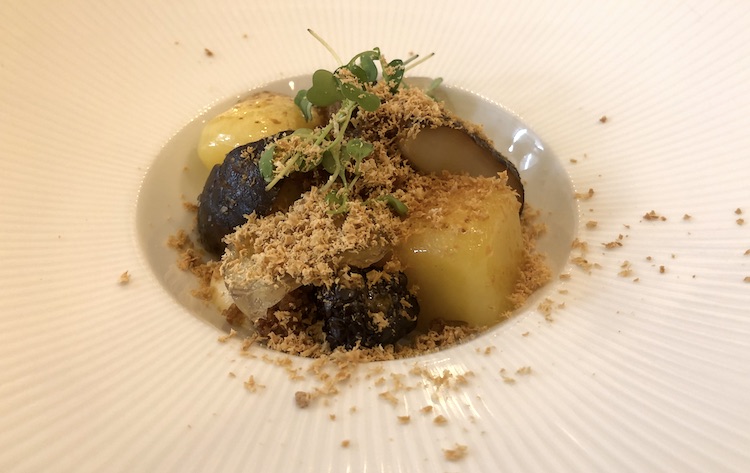
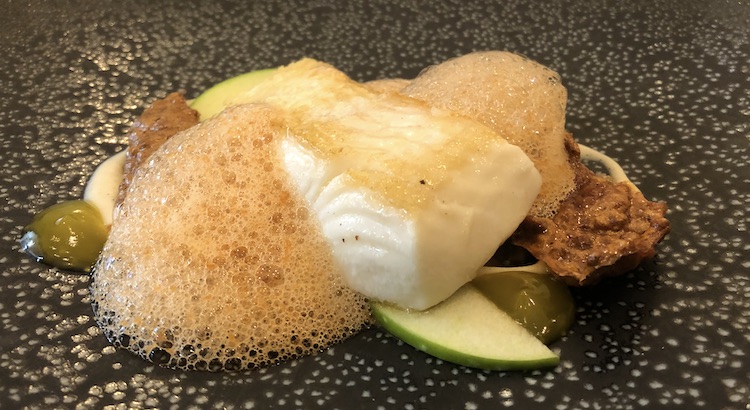
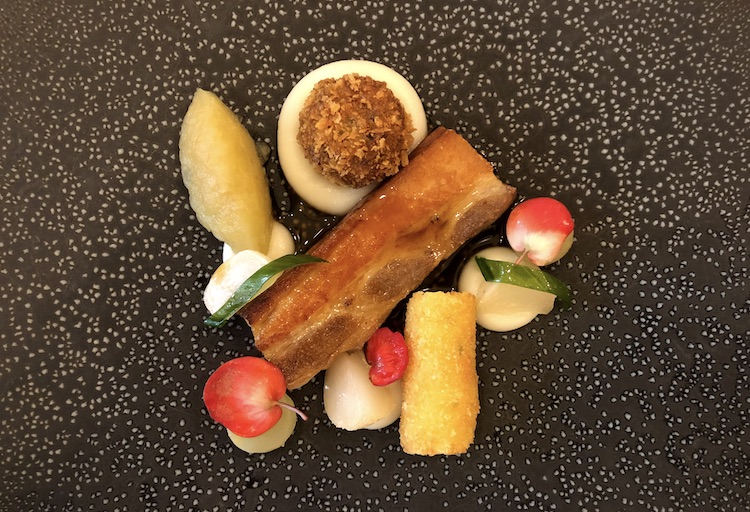
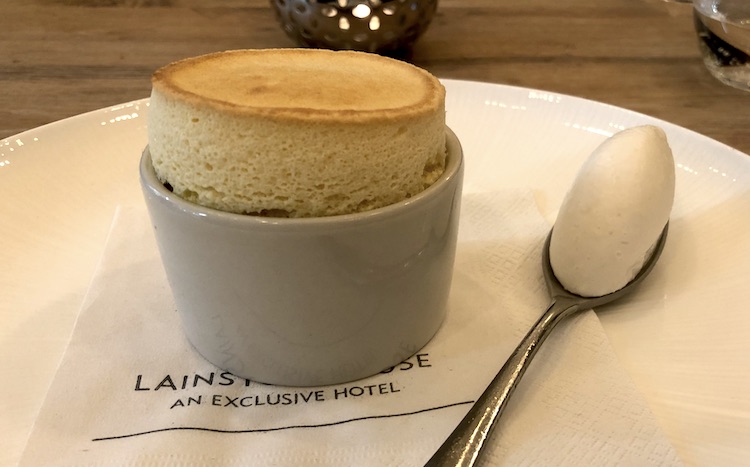

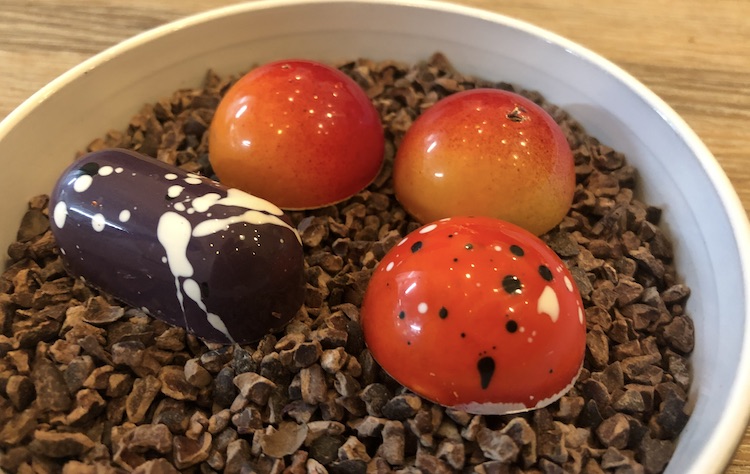
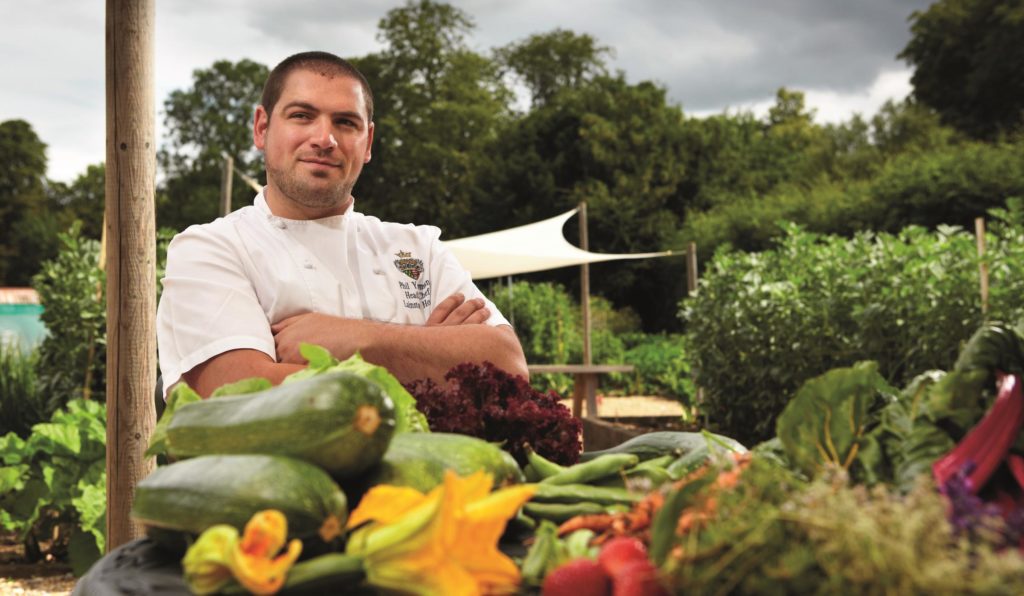























Recent Comments